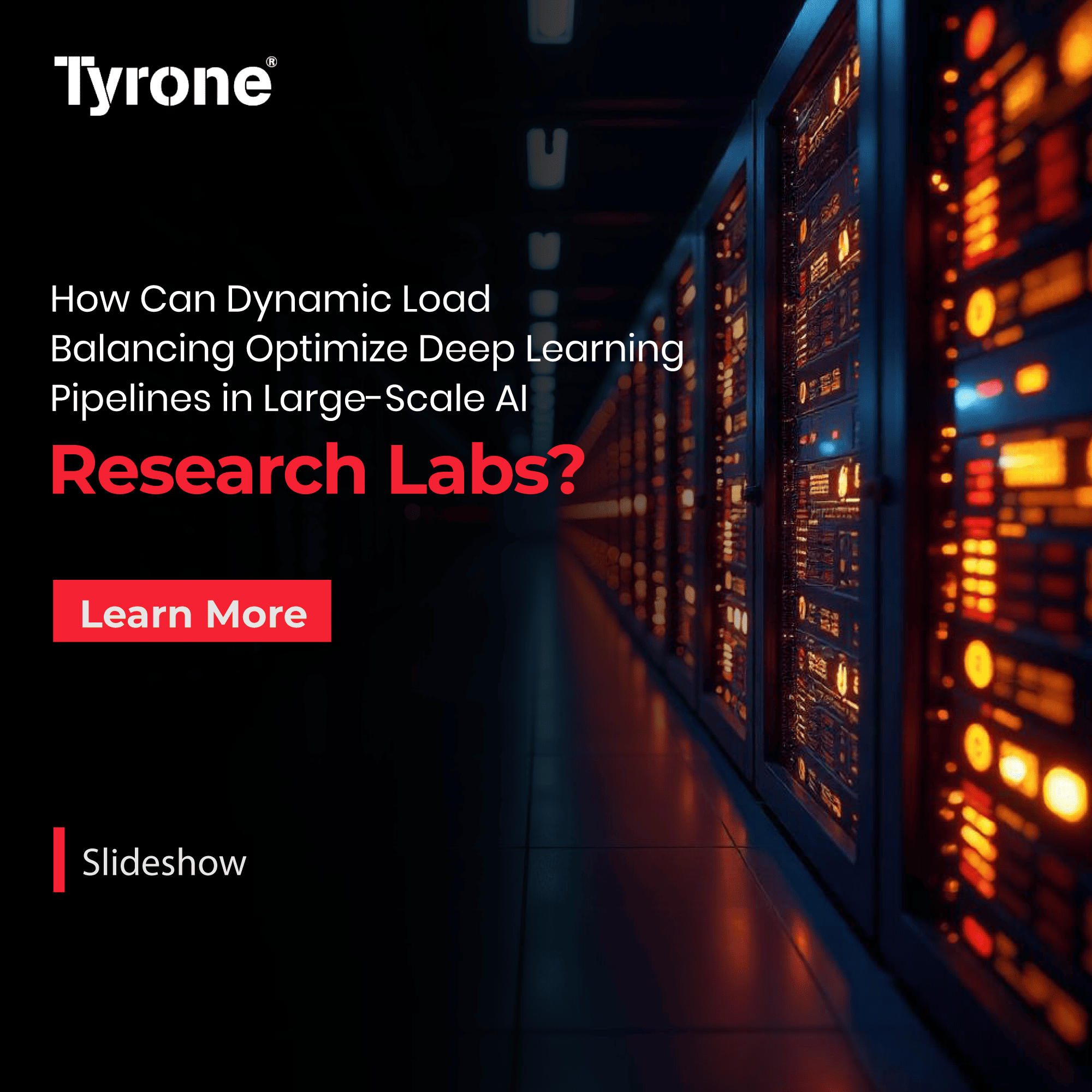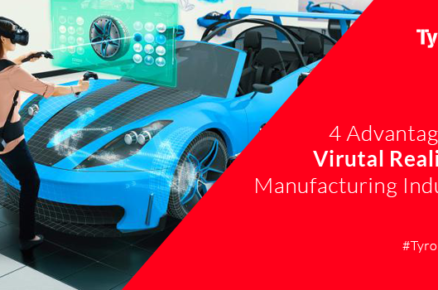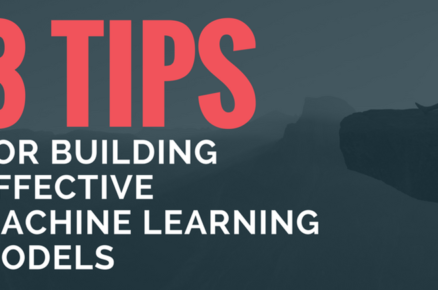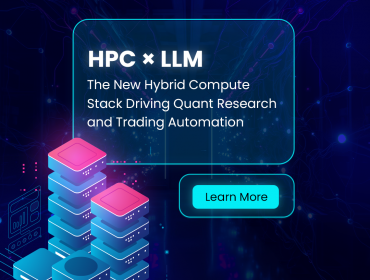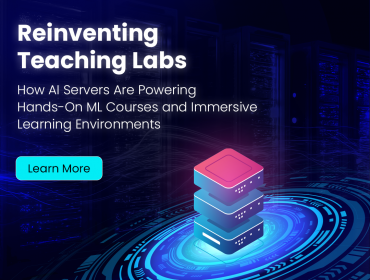As AI models grow in complexity and datasets expand exponentially, large-scale research labs face a critical challenge: efficiently distributing computational workloads across GPU clusters without creating bottlenecks or idle resources. Static allocation methods often lead to GPU underutilization, stalled experiments, and inflated costs—but dynamic load balancing is emerging as a game-changing solution. By leveraging real-time monitoring, adaptive scheduling algorithms, and intelligent resource orchestration, labs can automatically shift workloads to underutilized nodes, prioritize urgent tasks, and eliminate wasteful downtime. This approach not only accelerates training cycles for massive transformer models and generative AI systems but also slashes energy consumption and infrastructure costs. In this video, we’ll break down how next-gen load balancing technologies—from Kubernetes-driven scaling to latency-aware scheduling—are transforming deep learning workflows, enabling researchers to do more with less while pushing the boundaries of AI innovation.
Get in touch info@tyronesystems.com


